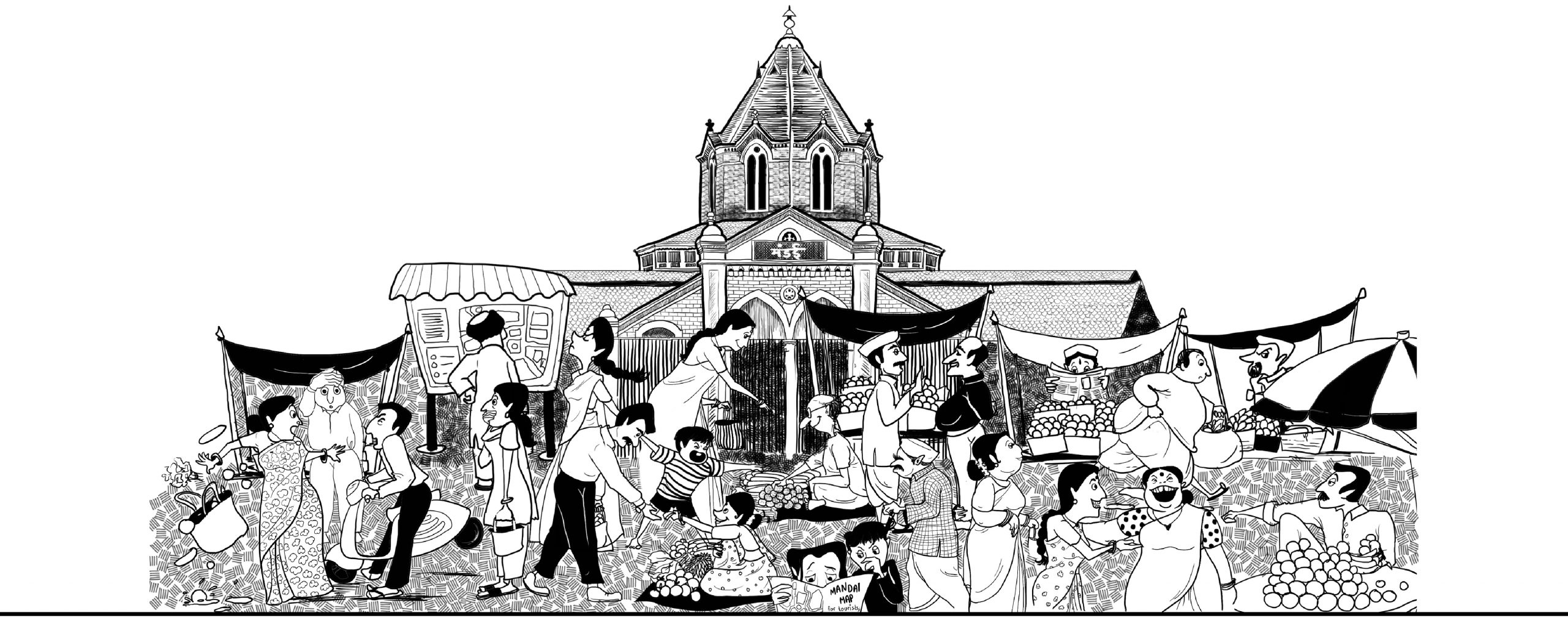
Impact of culture on illustration

Today, illustrations can be observed all around us. For example posters, advertisements, video games, films, magazines and many more. There are ‘n’ number of artists, rendering styles and examples of illustration. But what makes illustration a preferred choice in the field of branding? Culture’ and ‘illustration’ are two vast topics and commonly used terms.
So, before diving into the topic let us just brush up on what the terms mean.
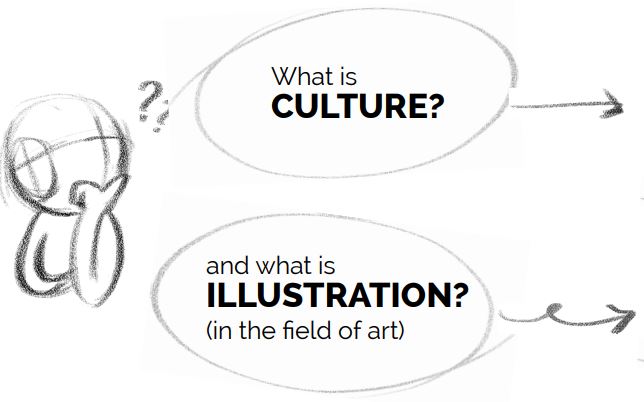
What is CULTURE?

and what is
ILLUSTATION?
(in the field of art)
Put in simple words, illustration is the visual depiction of any concept or idea by an artist. It can include paintings, drawings, sketches, cartoons and so on.

Both these terms being extensive and majorly subjective explaining their relation in a concise form becomes difficult. So, we will be going through the artworks of 2 artists and observe the differences. Following are 2 legendary Indian illustrators and cartoonists from the same era. Both of them have worked for similar kind of clients and have been loved by the audience till date. The artworks referred to are of Mario De Miranda and Rasipuram Krishnaswami Laxman (R. K. Laxman). You must have surely known about these two illustrators and remembered their work. Before observing their works, le us have a brief idea about their backgrounds.

MARIO MIRANDA
(1926-2011)
Mario Miranda was born to catholic parents in Daman (then in Portuguese India).
He studied in St. Joseph’s high school Bangalore and St. Xavier’s College Mumbai
Earlier he worked for magazines and newspapers where his artworks used to be published. He then moved to countries like Portugal and London where he worked for different newspapers and television animation.



R. K. Lakshman
(1921-2015)
On the other hand, R. K. Laxman was born in Mysore in a Tamil Hindu family. He grew up in a big family of 10 people. Completing his schooling from a govt. school of Mysore and graduation from the University of Mysore he continued his freelance artistic activities. He worked for local newspapers, created famous mascots for brands like Asian paints and his creations also include sketches done for ‘Malgudi Days’ and ‘Wagle Ki Duniya’.
R. K. Lakshman
(1921-2015)
On the other hand, R. K. Laxman was born in Mysore in a Tamil Hindu family. He grew up in a big family of 10 people. Completing his schooling from a govt. school of Mysore and graduation from the University of Mysore he continued his freelance artistic activities. He worked for local newspapers, created famous mascots for brands like Asian paints and his creations also include sketches done for ‘Malgudi Days’ and ‘Wagle Ki Duniya’.
Below are illustrations depicting ‘family’ rendered by the mentioned artists. The artwork may be done for different purposes but the approach, the treatment, the details and the environment clearly define the cultural differences.
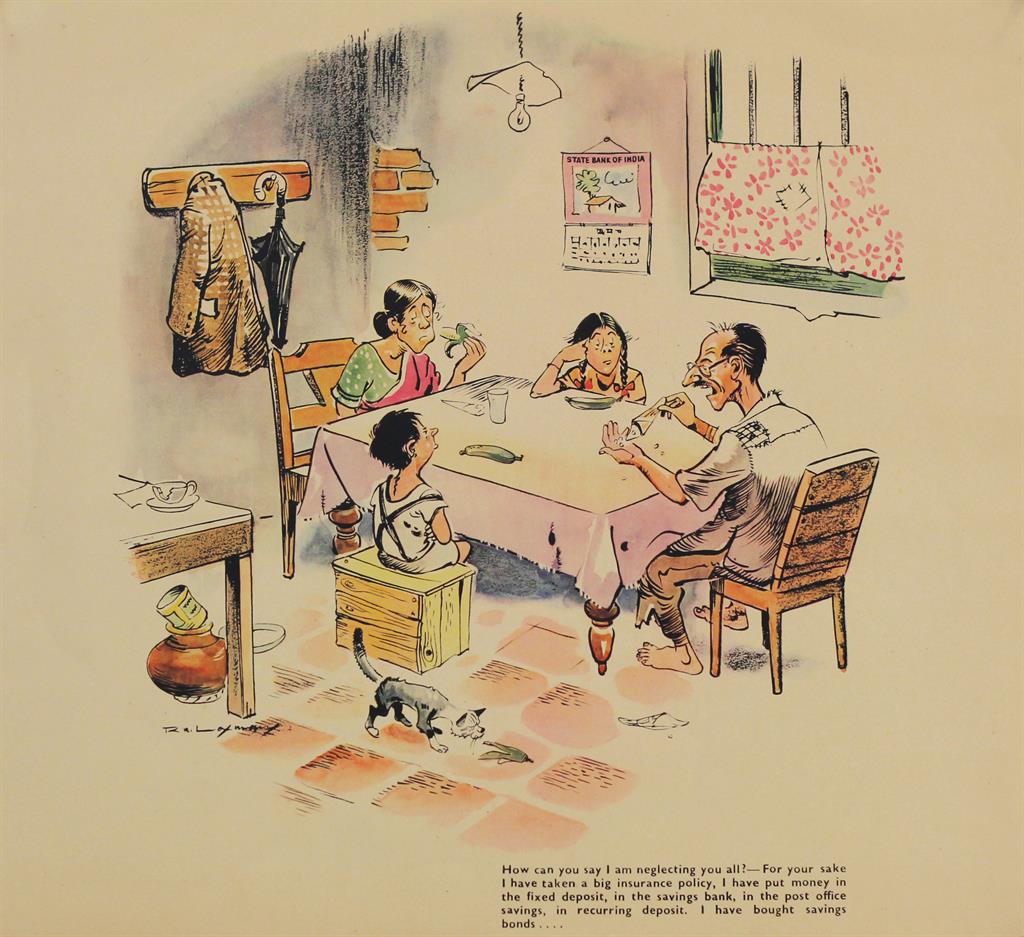
by R. K. Laxman

by R. K. Laxman
It is pretty obvious that the two pieces of work depict a different scenario of families altogether. besides these differences we
can observe other elements too which show the impact of the artist’s background. Right from the clothes, the posture of
people to the small background elements hold the essence of this impact.Example given, the family rendered by R. K.
Laxman (one on the left) is a typical Indian family. Looking at the furniture, the window, the kind of curtains one can
immediately tell about the ‘Indianness’ in the picture.
Whereas the scenario in Mario Miranda’s illustration (one on the right) depicts a whole lot of western influence. Here, we can
observe that the food items shown, the sitting arrangement and other details too, are usually less seen in Indian families. If
the dressing of the people is observed a mixture of Indian and foreign culture can be noticed. In the above comparison you
must have noticed how the small elements and their differences can bring a change in the environment of the artwork.
These are those details which help depict the culture of the illustration (situation depicted in it) more clearly and effectively.
Diving deeper, we can also observe the difference between the line treatment used by both the artists. The rendering style
used by Mario Miranda is more of closed and tight forms which give a touch of sophistication. On the other hand, loose andfree flowing lines can be seen in R. K. Laxman’s work. Although both the artists worked in the same city in the same era with a relatively similar style, yet their works differ largely. The way they perceived people, environments around them and what they saw differed according to their cultural differences.
Following are some more observations of artworks of these two artists.

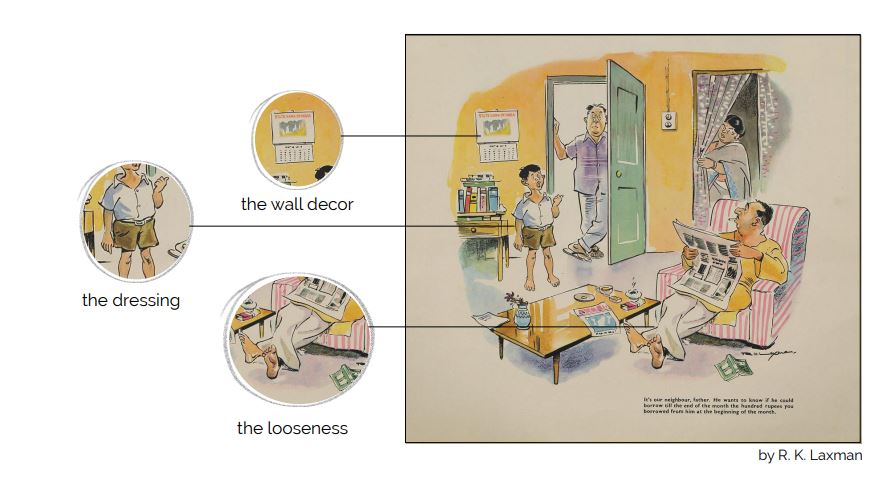
Importance

Considering the above points we have know how culture impacts his/her artwork. Now, what difference does this impact have, why is it even important? To answer this question there is simple formula: we express what we perceive, the more effective an expression, the better is the impression. Following is a brief explanation of the same.

CLARITY about the idea, concept or briefvgiven. Before any project is planned (be it a personal project or for a client) a clarity of the idea or the brief and the concerned audience is necessary. To understand and know more about the audience’s thought processes, choices and mindset having knowledge about their culture becomes necessary.



THE PROCESS of illustrating something becomes a little easier with this clarity about the audience. One gets the relevant content and elements to depict in the artwork. The desired environment can be built and a clearer message can be conveyed through an artwork.

THE IMPACT of illustrations which are ‘culture rich’ is relatively more. The concerned audience can relate much better when they see an artwork depicting familiar environment. This is where the audience can experience a connection and sometimes nostalgia.
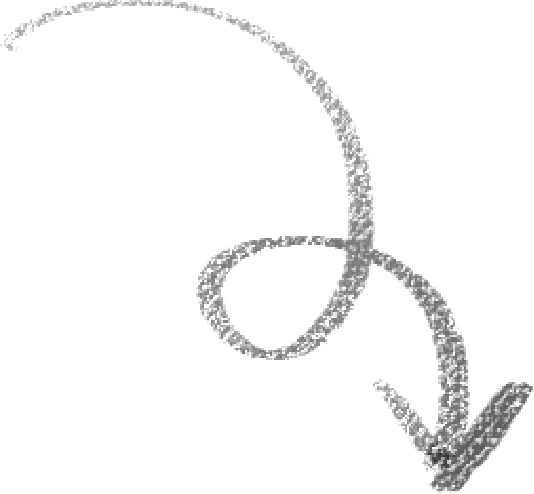
Thus, the impact of culture in illustration is such that it can make people relate better and eventually increase the remembrance of any particular artwork or a brand. Any art taken into consideration is more or less influenced by the culture that particular artist has grown up in, his/her social history and experiential knowledge
A FEW EXAMPLES

Considering this impact of culture and its use in illustration, one of best examples given could be that of Paper Boat drinks. The brand interestingly depicts all the childhood memories of an Indian kid through illustrations. With its nostalgic illustrations Paper Boat has made a special place in the audience’s hearts. Eventually one remembers the brand better and this becomes a distinguishing factor for the brand too.
Following are a few illustrations from Paper Boat.
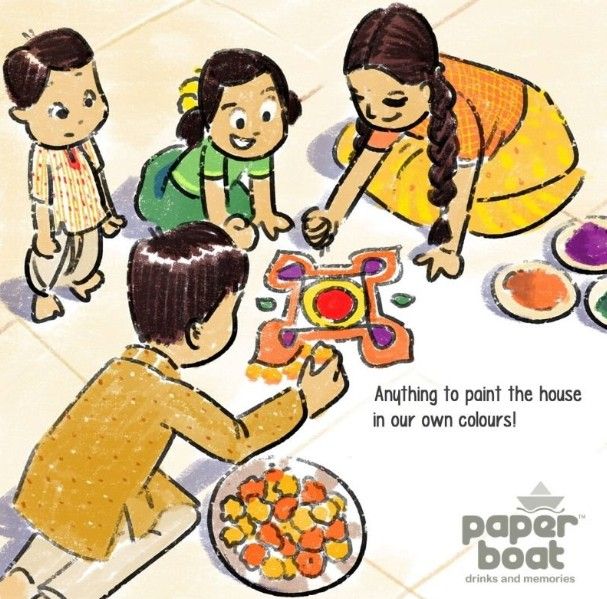
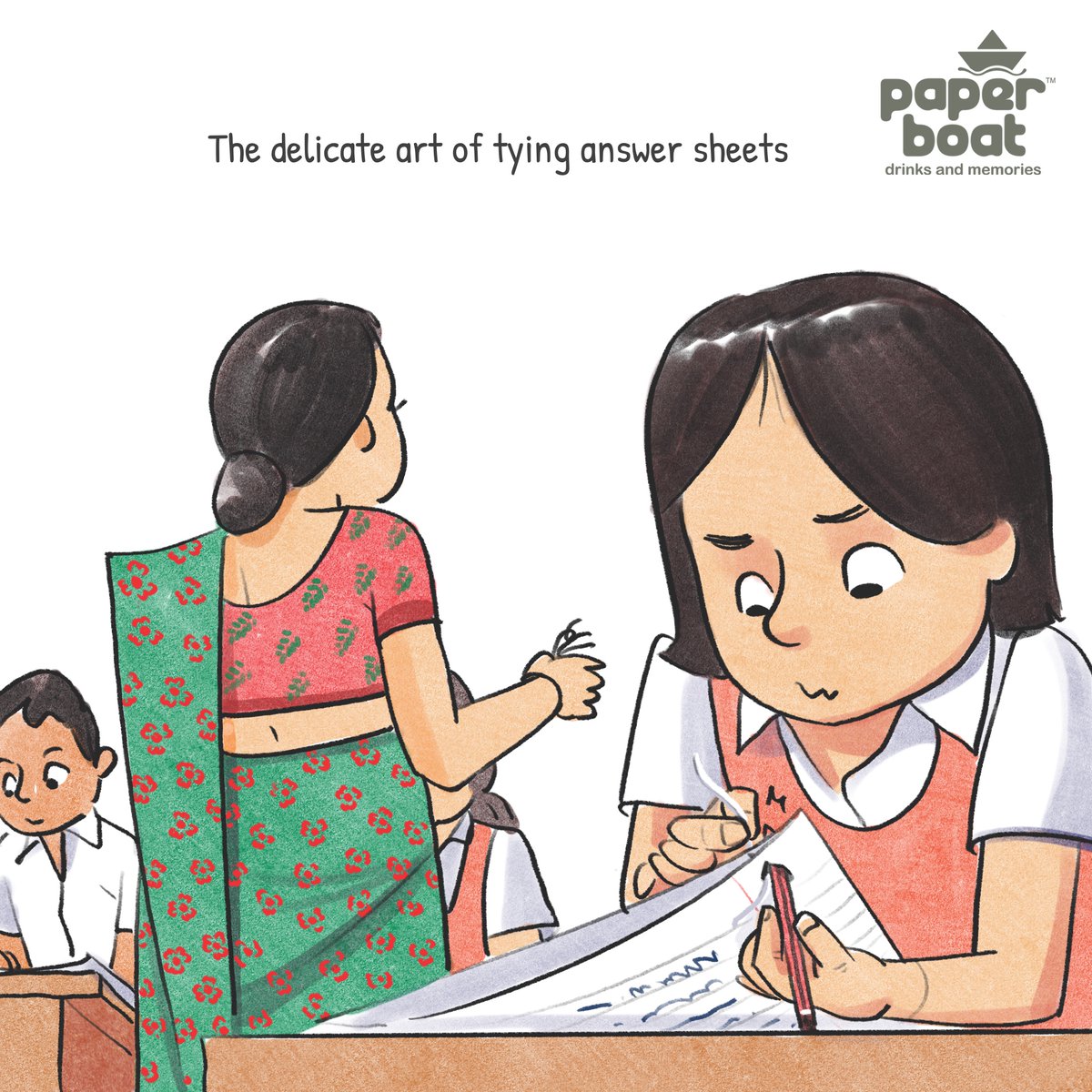

Another excellent example for this impact is the brand Air-India. Using different cultural elements to depict different states and countries is what Air-India did back then. These ads are something we surely remember till date.
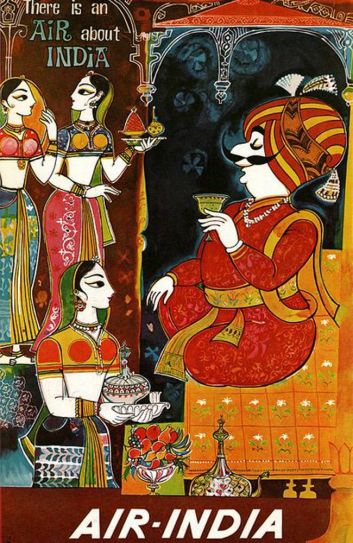

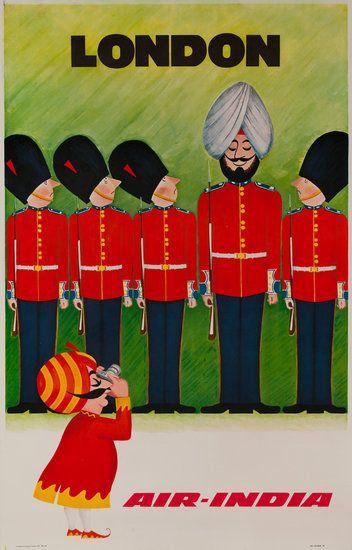

SUMMARY

The impact of the culture in the illustration is such that…
One can use it and drive the audience’s attention accordingly.
Any illustration or artwork can be made more impactful considering these small things. The particular or idea message to be conveyed can be clearer and more attractive.
illustration has the potential to increase a brand’s visibility, connect with the audience and make them remember a brand for a long time.
SOURCES AND REFERENCES
